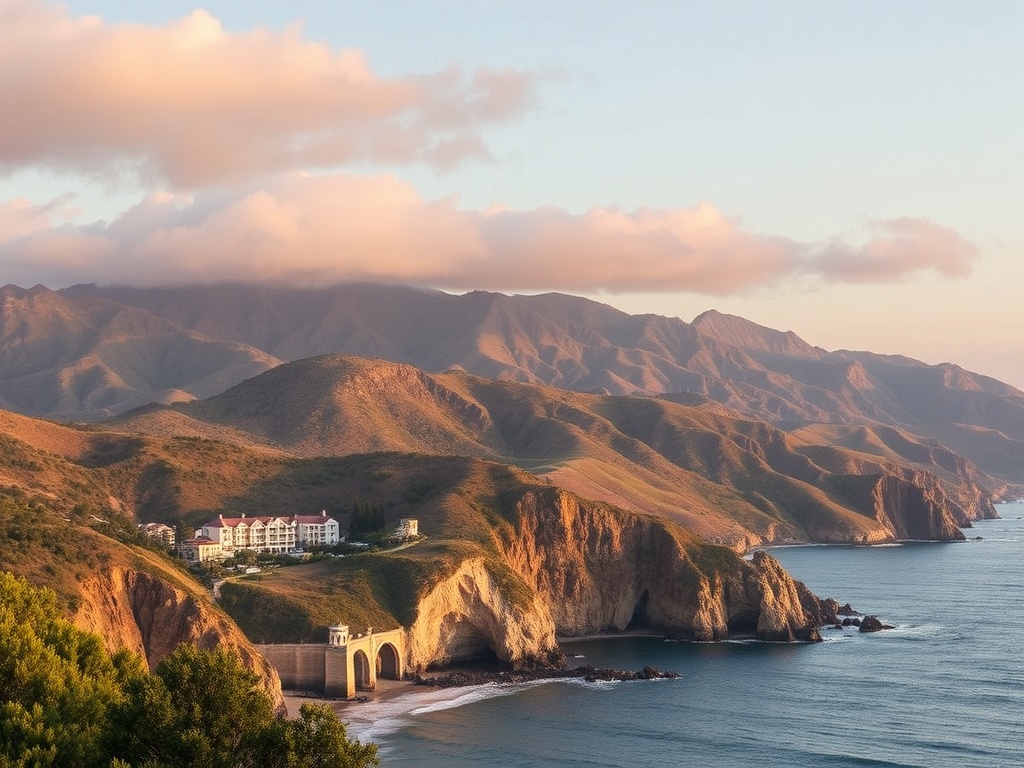Malibu’s draw is timeless: dramatic cliffs, long sandy beaches, world-class surf and a coastline where ocean and foothills meet.
That combination creates a lifestyle and landscape that attract visitors and residents alike, while also demanding careful stewardship to keep the beaches, bluffs and kelp forests healthy and accessible.
Why coastal resilience matters
Malibu sits at the intersection of multiple environmental pressures.
Erosion and sea-level changes reshape beaches and access points.
Wildfires in the hills change watersheds and increase runoff and sediment into the ocean.
Offshore kelp forests, essential for marine life and water clarity, face stressors from warming waters and herbivore imbalances. Those forces affect everything from surf conditions and tide pools to beachfront homes and public parking.

Community-driven restoration and protection
Local organizations, conservation groups and government agencies are active across Malibu, working on dune and lagoon restoration, native plant reintroduction to stabilize slopes, and marine habitat recovery.
Efforts such as kelp restoration projects and targeted urchin management help reestablish underwater forests that support fish, filter water and buffer wave energy. On land, native chaparral and coastal scrub plantings reduce erosion risk and provide fire-resilient landscaping that benefits both wildlife and neighborhoods.
Beach access and responsible recreation
Malibu’s beaches remain a major draw, with Zuma, El Matador, Point Dume and Surfrider offering distinct experiences—from broad swimmable beaches to dramatic sea caves and rocky tide pools. Public access is protected, but parking and vehicle restrictions are common, and popular spots fill early on warm days. Tide schedules influence what you’ll see: low tides reveal rich intertidal life, while high tides can reduce beach width significantly.
When visiting:
– Respect signed closures—nesting shorebirds like the snowy plover rely on undisturbed beach areas.
– Avoid walking on dunes; use designated paths and stairways to prevent erosion.
– Follow Leave No Trace: pack out trash, secure food, and minimize noise.
– Check local parking rules and consider public transit or rideshare for busy weekends.
– For surfers, classic Malibu breaks demand etiquette: right-of-way awareness, clear communication and local knowledge for safety.
Preparing for wildfire and storms
Residents and property owners continue to adapt with defensible-space landscaping, ember-resistant building materials and community evacuation planning. Watershed management—such as managing runoff channels and reducing debris—helps protect both inland neighborhoods and coastal water quality during heavy storms.
Supporting local conservation
Volunteering with community beach cleanups, participating in native-plant restoration days, or donating to marine and watershed nonprofits are practical ways to help.
Many groups offer guided coastal walks and educational programs that explain local ecology, tide-pool etiquette and the importance of kelp forests and lagoon habitats.
A special coastal culture
Beyond its natural assets, Malibu retains a distinctive cultural identity rooted in surf history, open-air recreation and coastal living. Whether you’re exploring tide pools, chasing a perfect wave, photographing sea caves at golden hour or volunteering at a restoration event, the best approach is one that balances enjoyment with stewardship.
Malibu’s coastline invites curiosity and care. Observing local guidelines, supporting restoration efforts and enjoying the beaches responsibly help ensure the shoreline, bluffs and underwater forests remain vibrant and accessible for everyone who comes to experience this iconic coastal landscape.